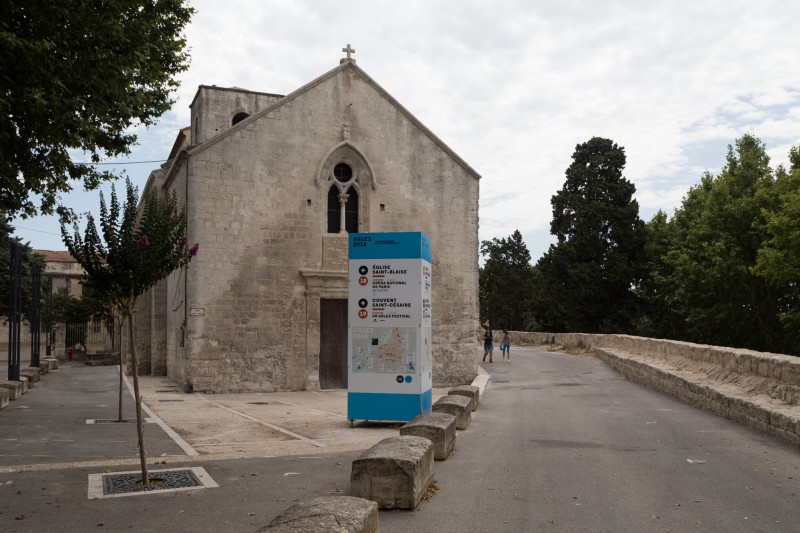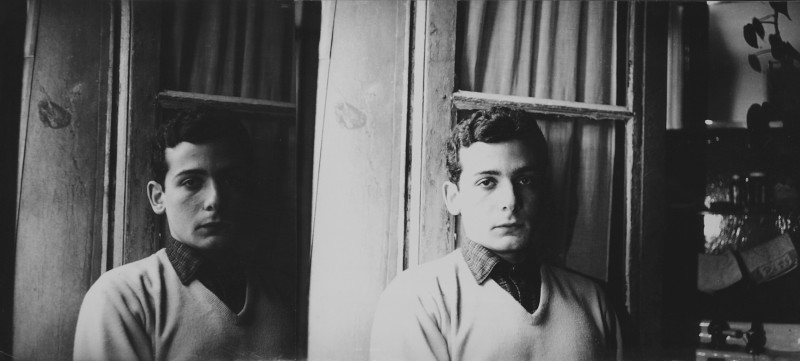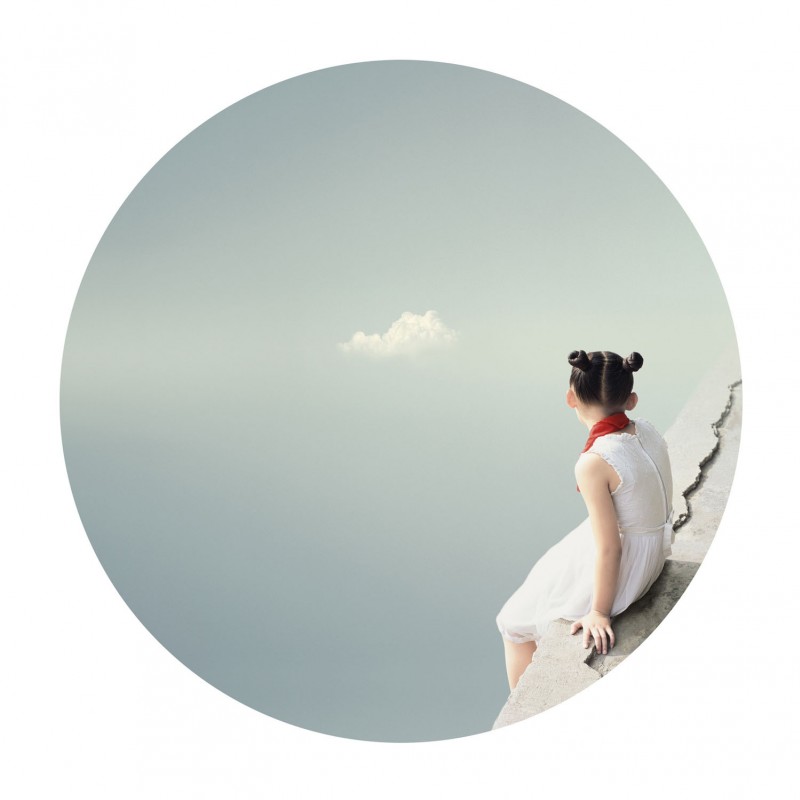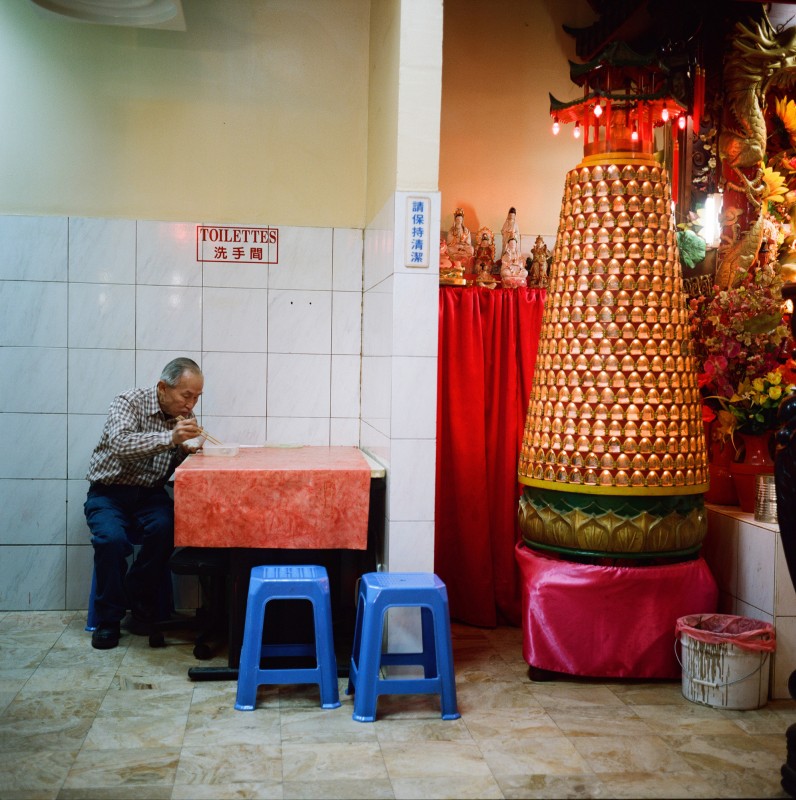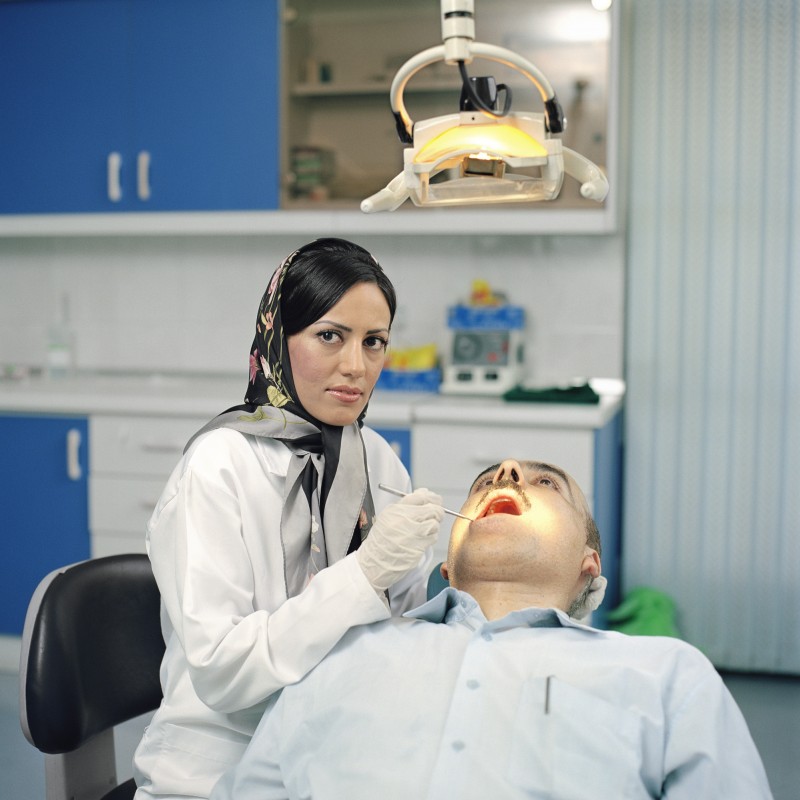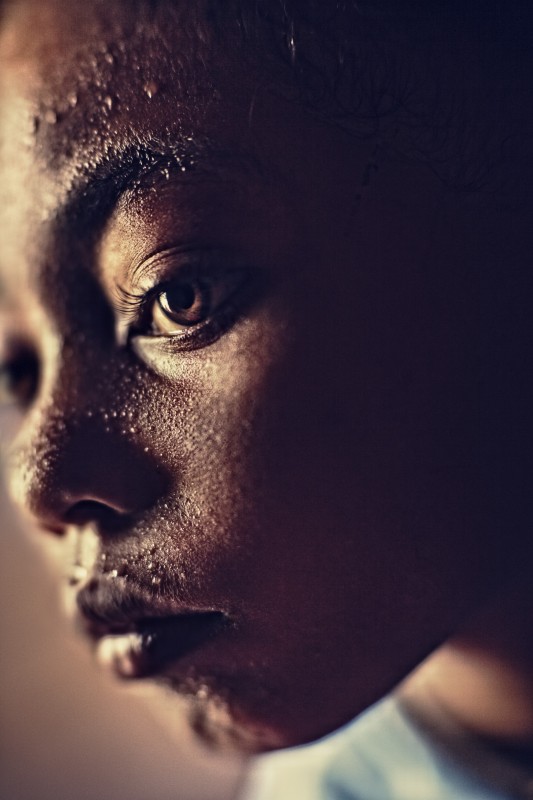Edition 2010
ENSP 2010
Special attention
I wish to suggest here that artworks are not for interpretation, and that the opposite is true: they are interpreting objects, which convey thought to recipients. This is first the work of the artist, and then of the spectator, historian and essayist.
It is also the work of the teacher, who, in an art school, has the incredible privilege of witnessing the birth of an artwork (one never quite knows when it begins)—or at least to accompany its development, to gauge its progress; and who, through incessant investigation with the author, observes alongside him, a few years later, that before his eyes there are constructed, coloured, skilful forms with distinct formats and sometimes- strange titles.
He then recalls what happened: all the byways down which his interlocutor ventured, and all the words heard and exchanged—woolly maybe, clumsy certainly, but necessary at that point in time.
He also recalls the flow of references from the history of photography and elsewhere—literature, film—and the grip and fascination they exerted. Lastly he recalls having shared, or at least having been a witness to, the areas of turbulence through which the creative process always passes, but which are now under control, like an impetuous river following its course, contained by solid yet invisible banks.
I witnessed these four nascent works:
- Lucile Chombart de Lauwe’s investigation into night workers, for whom, she heard and saw, ‘everything is complicated, longer and slower’;
- Olivia Pierrugues’ blending of gentleness and violence in images of mingled bodies, as if beneath the calm yet brutal words that accompany them;
- Maria-Do-Mar Rego’s piece, in which notions of territory, boundaries and identity are informed by memory and memories, which re-emerge from ‘the house with no master’.
- and the work by Léa Habourdin, which stresses the impossibility for humans to inhabit the animal world and even to approach it, unless it is in image form.
After their three years of study at the ENSP, they leave this tremendous stream of singular photographic images and experiences.
Christian Milovanoff
www.enp-arles.com
Exhibition venue: Chapelle Saint-Blaise.
I wish to suggest here that artworks are not for interpretation, and that the opposite is true: they are interpreting objects, which convey thought to recipients. This is first the work of the artist, and then of the spectator, historian and essayist.It is also the work of the teacher, who, in an art school, has the incredible privilege of witnessing the birth of an artwork (one never quite knows when it begins)—or at least to accompany its development, to gauge its progress; and who, through incessant investigation with the author, observes alongside him, a few years later, that before his eyes there are constructed, coloured, skilful forms with distinct formats and sometimes- strange titles. He then recalls what happened: all the byways down which his interlocutor ventured, and all the words heard and exchanged—woolly maybe, clumsy certainly, but necessary at that point in time. He also recalls the flow of references from the history of photography and elsewhere—literature, film—and the grip and fascination they exerted. Lastly he recalls having shared, or at least having been a witness to, the areas of turbulence through which the creative process always passes, but which are now under control, like an impetuous river following its course, contained by solid yet invisible banks. I witnessed these four nascent works:- Lucile Chombart de Lauwe’s investigation into night workers, for whom, she heard and saw, ‘everything is complicated, longer and slower’;
- Olivia Pierrugues’ blending of gentleness and violence in images of mingled bodies, as if beneath the calm yet brutal words that accompany them;
- Maria-Do-Mar Rego’s piece, in which notions of territory, boundaries and identity are informed by memory and memories, which re-emerge from ‘the house with no master’.
- and the work by Léa Habourdin, which stresses the impossibility for humans to inhabit the animal world and even to approach it, unless it is in image form.
After their three years of study at the ENSP, they leave this tremendous stream of singular photographic images and experiences.
Christian Milovanoff
Exhibition venue: Chapelle Saint-Blaise.


